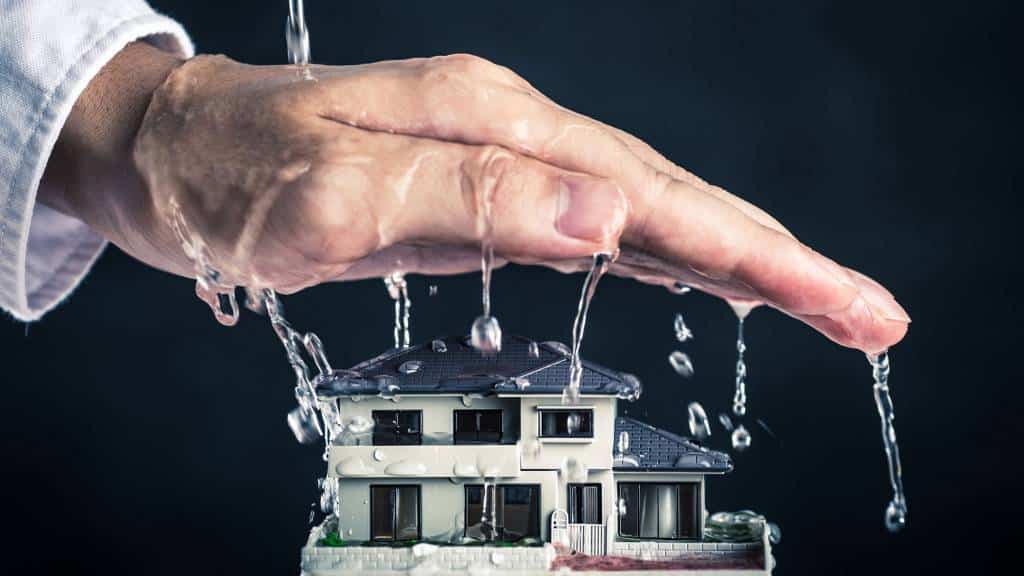How to Prevent the Six Most Common Water Leaks in Your Home
How to Prevent the Six Most Common Water Leaks in Your Home
Blog Article
The writer is making a few great points related to Most Common Causes of Leaky Pipes in general in this article following next.

Leaks not only create waste of water however can additionally trigger unnecessary damages to your home and also advertise unwanted organic growth. Water leaks could go undetected because many of the pipework in our house is hidden. By looking and also comprehending for everyday scenarios that cause leaks, you can protect your residence from future leaks and unneeded damage. Today, we will consider 6 leak creates that might be causing your pipelines to drip.
Intruding roots
The majority of water leaks start outside the residence rather than inside it. You may see wet patches or sinkholes in your backyard, and that might indicate that tree origins are attacking water lines triggering water to leak out.
Corroded water supply
This might be the cause of discoloration or warping on your water pipes. If our plumbing system is old, take into consideration changing the pipelines because they are at a higher risk of rust than the more recent models.
Defective Pipe Joints
Pipeline joints can degrade over time, resulting in water leaks. If you have noisy pipes that make ticking or banging sounds, specifically when the warm water is transformed on, your pipe joints are probably under a lot of stress.
Instantaneous temperature level modifications.
Extreme temperature adjustments in our pipes can trigger them to expand and get unexpectedly. This development and also contraction may create fractures in the pipes, specifically if the temperature level are below freezing. It would certainly be best if you kept an eye on how your plumbing works. The visibility of the previously mentioned circumstances regularly indicates a high risk.
Poor Water Connectors
At times, a leakage can be triggered by loose hoses and also pipelines that provide your home appliances. Most of the time, shifting is what triggers the loosened water Links. You may find in the case of a washing maker, a pipe might spring a leak as a result of drinking during the spin cycle. In case of a water links leak, you might observe water running directly from the supply line or puddles around your appliances.
Blocked Drains
Obstructed drains may be frustrating and inconveniencing, however they can sometimes end up triggering an overflow bring about burst pipelines. Keep eliminating any kind of materials that may decrease your drains pipes that could obstruct them to stay clear of such hassles.
All the above are sources of leakages but not all water leakages arise from plumbing leakages; some leaks may come from roofing system leakages. All leakages need to be repaired immediately to avoid water damage.
Leakages not just create waste of water but can also create unnecessary damages to your residence and advertise unwanted organic development. By understanding and looking for daily circumstances that create leaks, you can secure your residence from future leakages and also unneeded damage. Today, we will look at six leakage creates that may be triggering your pipelines to trickle.
At times, a leakage can be caused by loose pipes as well as pipelines that provide your devices. In case of a water connections leak, you might notice water running directly from the supply line or pools around your home appliances.
How To Check For Water Leak In Your Home
How To Check for Leaks
The average household's leaks can account for nearly 10,000 gallons of water wasted every year and ten percent of homes have leaks that waste 90 gallons or more per day. Common types of leaks found in the home are worn toilet flappers, dripping faucets, and other leaking valves. These types of leaks are often easy to fix, requiring only a few tools and hardware that can pay for themselves in water savings. Fixing easily corrected household water leaks can save homeowners about 10 percent on their water bills.
To check for leaks in your home, you first need to determine whether you're wasting water and then identify the source of the leak. Here are some tips for finding leaks:
Take a look at your water usage during a colder month, such as January or February. If a family of four exceeds 12,000 gallons per month, there are serious leaks.
Check your water meter before and after a two-hour period when no water is being used. If the meter changes at all, you probably have a leak.
Identify toilet leaks by placing a drop of food coloring in the toilet tank. If any color shows up in the bowl after 10 minutes, you have a leak. (Be sure to flush immediately after the experiment to avoid staining the tank.)
Examine faucet gaskets and pipe fittings for any water on the outside of the pipe to check for surface leaks.
Undetected water leaks can happen without the home or business owner even realizing. If you suspect a water leak, but not able to find the source. It is time to contact a professional water leak detection service, The Leak Doctor.
How To Find a Water Leak In Your Home
https://www.leakdoctor.com/blog/How-To-Check-For-Water-Leak-In-Your-Home_AE197.html

We hope you enjoyed our article about How to detect water leaks in your home. Thank you for finding the time to read through our short article. Remember to set aside a second to share this page if you appreciated it. Thanks for taking the time to read it.
Call Today Report this page